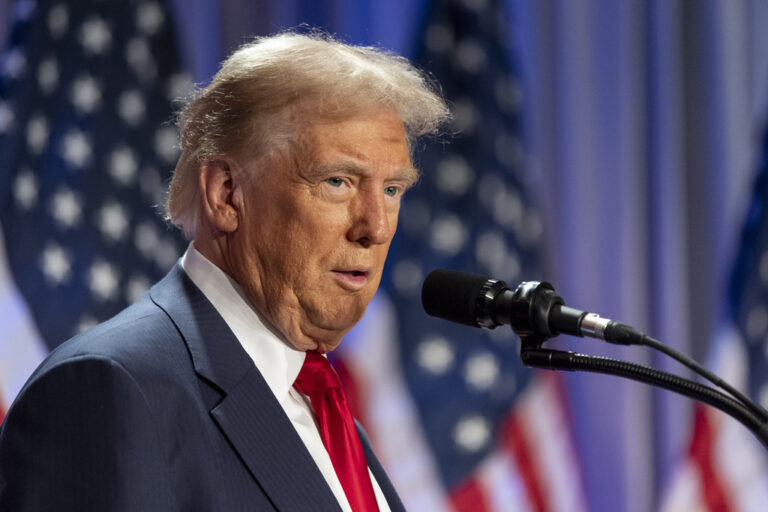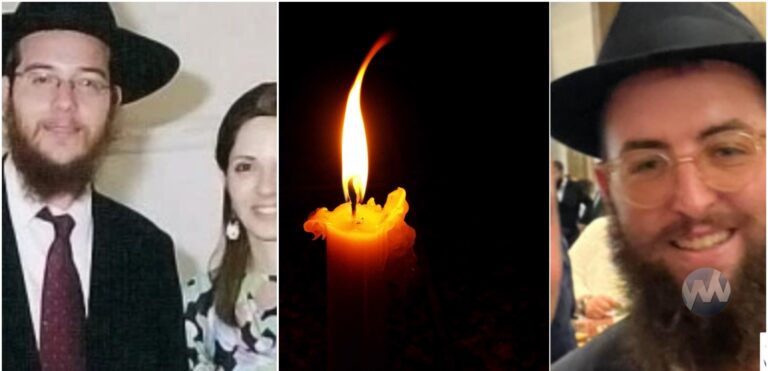 It was kiddush Hashem as many people who purchased apartments in the Ramat Avraham area of Beit Shemesh gathered for a kenos to resolve the issue. They agreed that whatever Eida Ravaad HaGaon HaRav Moshe Sternbuch Shlita decides will be the psak for all concerned. For some of those who purchased apartments, about 300 families, they have been compelled to pay double as they are paying mortgages and rent elsewhere as the building they hoped to move into is delayed. This refers to the apartments bought by the avreichim in the project called Binyan Shalem.
It was kiddush Hashem as many people who purchased apartments in the Ramat Avraham area of Beit Shemesh gathered for a kenos to resolve the issue. They agreed that whatever Eida Ravaad HaGaon HaRav Moshe Sternbuch Shlita decides will be the psak for all concerned. For some of those who purchased apartments, about 300 families, they have been compelled to pay double as they are paying mortgages and rent elsewhere as the building they hoped to move into is delayed. This refers to the apartments bought by the avreichim in the project called Binyan Shalem.
Some Background
The issue surrounds the discovery of 15 shafts, one at least leading to a tunnel which some fear may lead to burial caves. The discovery has led to much machlokes and of course, delays in construction. Rabbonim of the badatz began investigating, and while additional shafts were discovered, most did not connect to caves. However, in one case, a number of bones were discovered, reportedly up to seven centimeters (2.75 inches) in length. However, no determination has been made as to the origin of the bones, if they are human or animal. Experts ruled that it is a non-Jewish burial cave based on the type of shafts, burial caves and other signs at the location. They explain that the burial plots are too short to lay down a body as Jewish law requires, a mere 1.2 meters in length. Hence, they conclude the burial plots are not those of Jews. In addition, the experts reported the caves dated back 4,000 years, preceding Avraham Avinu.
Last Sukkos (5772), Rav Sternbuch permitted construction work within the parameters of his instructions. Things being what they were, some disagreed and demanded additional inspections. One thing led to another and the construction work did not proceed as the halachic consultations continued to the dismay of many who purchased apartments in the area.
Eitz HaChaim
Two months ago, a Binyan Shalem group decided to place the matter in the hands of Eitz HaChaim organization after sending a letter to consult with the Ravaad. The Ravaad responded “If Rav Zalman Koren Shlita, upon whom the Gaon Minchas Yitzchak relied upon together with Rav Avraham Nachmani, who I know and rely upon totally, you too can rely upon them without any fear.”
Rav Nachmani then presented the Ravaad with the issues, and received detailed instruction as how to proceed. Rav Nachmani also consulted with Rav Koren, a known expert in the matter. This cleared the way to begin infrastructure work.
The Kenos
The Ravaad’s son Rav Chaim Ozer was at the kenos and he read the instructions from his father shlita regarding continuing work and how to act in the event of the discovery of new signs of possible kvura on the site. For now, the Ravaad has ruled the kevarim in question are from goyim and the posek appears comfortable permitting continued work in the area, referring to piskei halacha from the Minchas Yitzchak in the matter.
Once the overwhelming number of those who purchased apartments voted to accept the piskei halacha of the Eida Ravaad, they cleared the way for continuing with the project.
(YWN – Israel Desk, Jerusalem)











One Response
Glad to see a uniform answer with uniform consent.